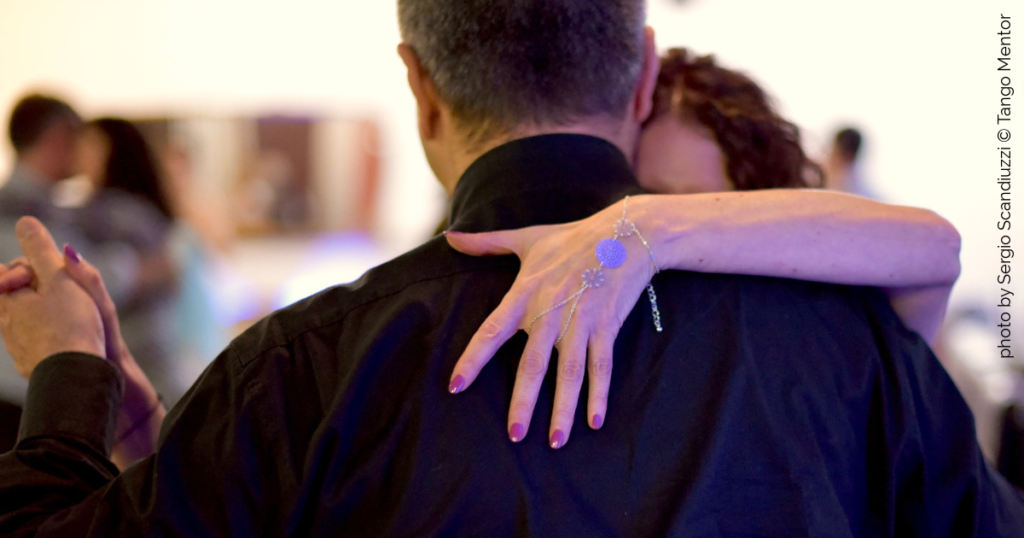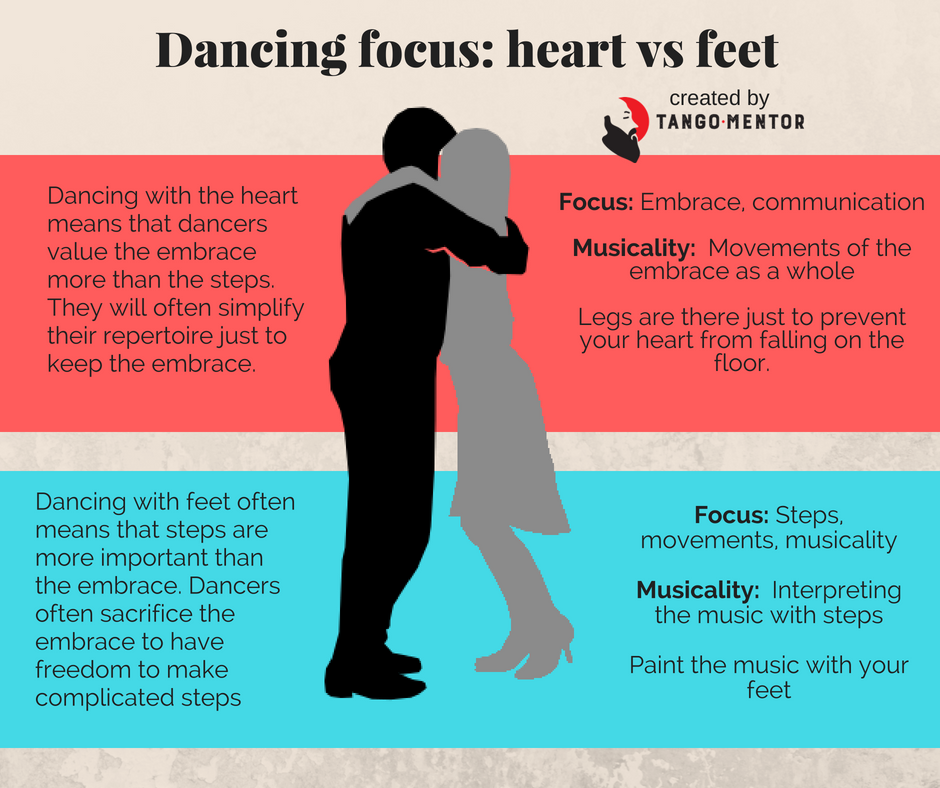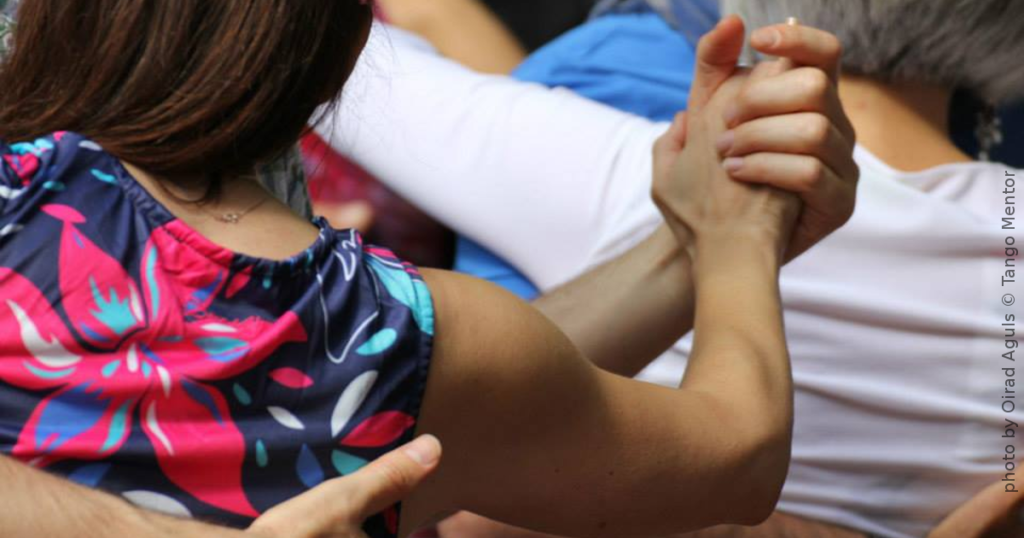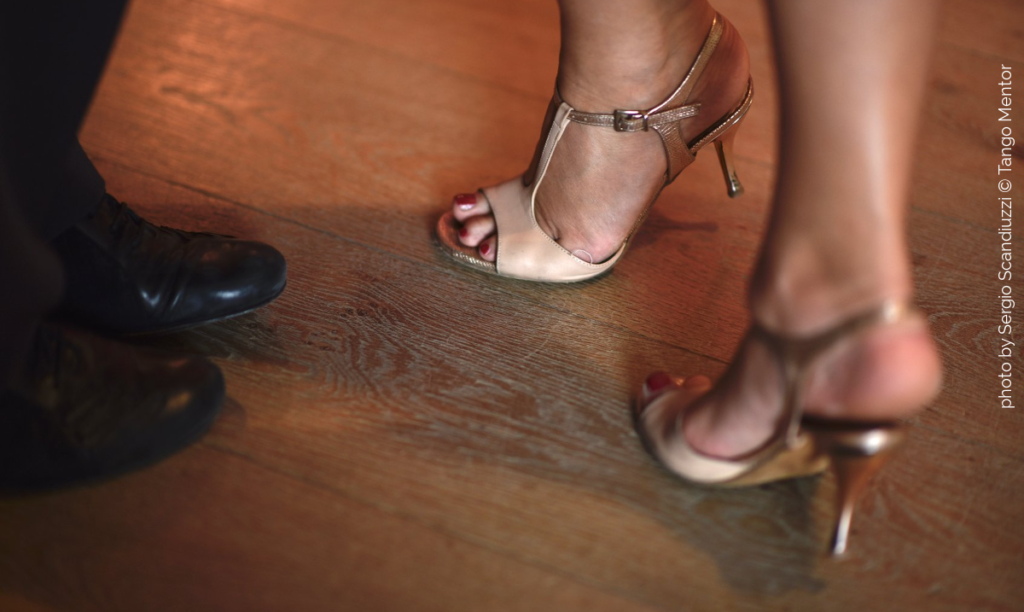
Pay attention: I imagined this article as the essence of what I think is important for every dancer. Of course, there is no universal formula that can help everyone, but if you search for place to begin – I believe this is the one.
Would have been really great if I had someone told me this when I was a beginner. When you start learning tango and gather some experience you understand that what you were thinking in the past was not always right. I guess it is natural way of development.
There is one trick: you have to be prepared and open to new ideas. If you are not able to see, any advice would seem to you just empty words.
This is why I decided to propose to you an interesting experiment. This is especially important for those who already have some months or years of experience – experience makes us better dancers, but in the same time makes us more confident and less open to new ideas.
So, the experiment…
Take a piece of paper or open word processing document on your computer and make a list of 10 things that would be most useful advice to your less experienced self. Anything, from musicality or technique, to the big picture of understanding tango. Imagine him/her standing in front of you and think what would you say that can help her/him.
After you write down your list, read it! You will be surprised that many of the things are useful to yourself as well.
Before you do this experiment, let me share with you what I believe will help majority of the dancers.
1. Dance differently to different orchestra
Learn how to feel the difference in the energy and the sensibility between different orchestras. You can do that by learning about their character, and you can do that by reading about their history.
It will also help you if you learn something about different songs and their history as well. If you do this, you will notice that when you dance, they will have deeper meaning for you.
2. Respect other couples on the dance floor
All tango codes can be boiled down to one simple rule: “Respect – give it, to get it!” If you want to enjoy and be respected dancer, you have to understand that the dance floor belongs to all dancers and that you have to learn how to respect their space and their desire to enjoy. This means you have to adapt your dancing to the conditions and if, despite your efforts, you collide with other couple, to excuse yourself with a smile.
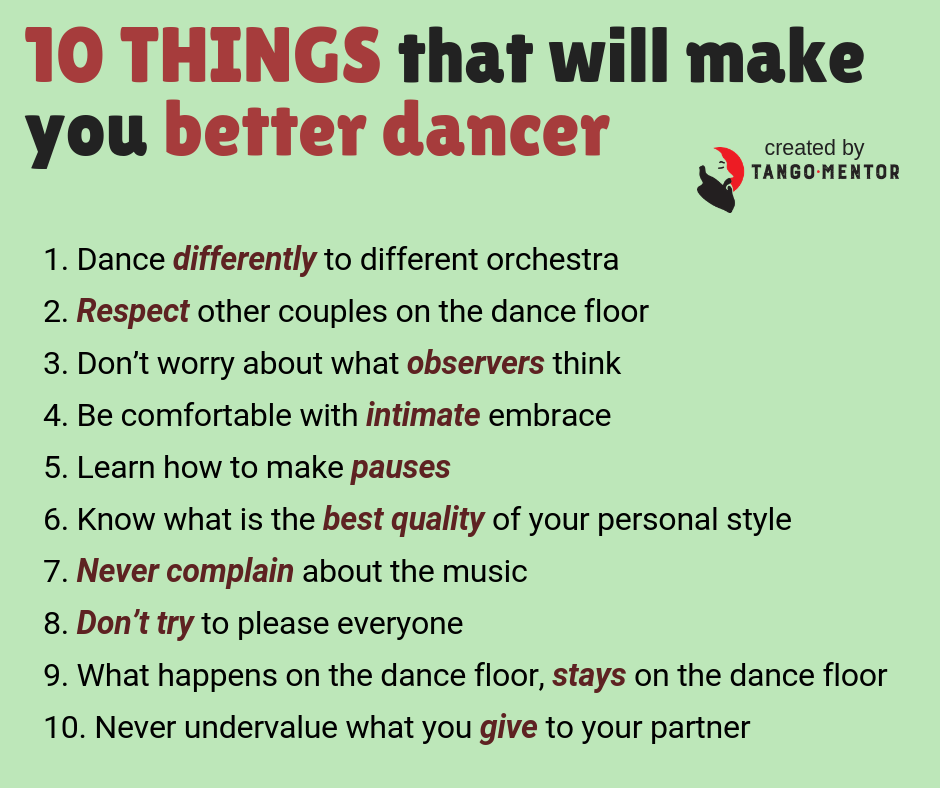
3. Don’t worry about what observers think about your dancing
We are not show dancers. So why should we behave like we are? The point of dancing in milongas is to enjoy in our dance and make our partner enjoy as well. Leave acrobatic show dancing to the celebrity stars and focus on what you really are – a social dancer. Forget about who is watching and don’t let that distract you.
4. Be comfortable with intimate embrace
Tango is very intimate dance. Some people feel good about that, others don’t. From my perspective, the most magical moments come when you are able to feel comfortable with this intimacy.
5. Learn how to make pauses
Let me make an analogy here: how do you feel about someone who talks non stop, without making any pause? It is completely same with dancing. You should slow down to the speed of calmness and then the door will open. Dancing with pauses is one of the most valuable skill any dancer should learn.
Hey, sorry to interrupt…
Do you like reading my articles? If you do please consider a small contribution to the existence of this blog.
I don’t sell a book or run ads: I share these articles for free. Unfortunately I also have to pay my bills, so if you see value in my work please consider a small donation/gratuity (the same way you tip your favorite bartender).
From my heart to yours!
Ivica
Securely processed via PayPal
6. Know what is the best quality of your personal style
You will see on this list items that makes no sense to you. This can mean two things: 1) you don’t care about them or 2) they are too easy for you. If they are too easy – it means that those are your strong sides – the qualities that you should be proud of. Those are good cornerstones on which you should build your personal dancing style.
7. Never complain about the music
Well, let’s be honest, there is a bad music on milongas. But, if you want to have good time and let others have good time as well, knowing how to ignore this fact without complaining is a must. They say good milonguero knows how to dance to any music.
8. Don’t try to please everyone
You can try and try, but sometimes you just can’t please everyone. Some will never dance with you, no matter how hard you try. Also, some will not respect your style and preference and there is nothing you can do about it. Just accept it with a smile.
9. What happens on the dance floor, stays on the dance floor
Don’t mistake intimacy for interest. Don’t mistake sensuality for sexuality. Tango is a game, a romance of 10 minutes and when the tanda finishes – it’s over. Don’t make your partners feel uncomfortable to dance again with you.
10. Never undervalue what you give to your partner
Never say more than one “I’m sorry” per tanda. This is especially important for the beginners. When someone dances with you, (s)he is usually aware of your level. Every dancer was a beginner and knows what challenges you are facing. (S)he chose to dance with you for a reason. It may be something that you are not aware of: good embrace (s)he enjoys in, a positive personality (s)he needs in that moment, musicality… Who knows? If (s)he dances with you, you should never imagine that (s)he expects more than you can give.
Do you like this article? Did you find it useful? If you did, help me spread the word and share it with your tango friends, so they can benefit as well.

